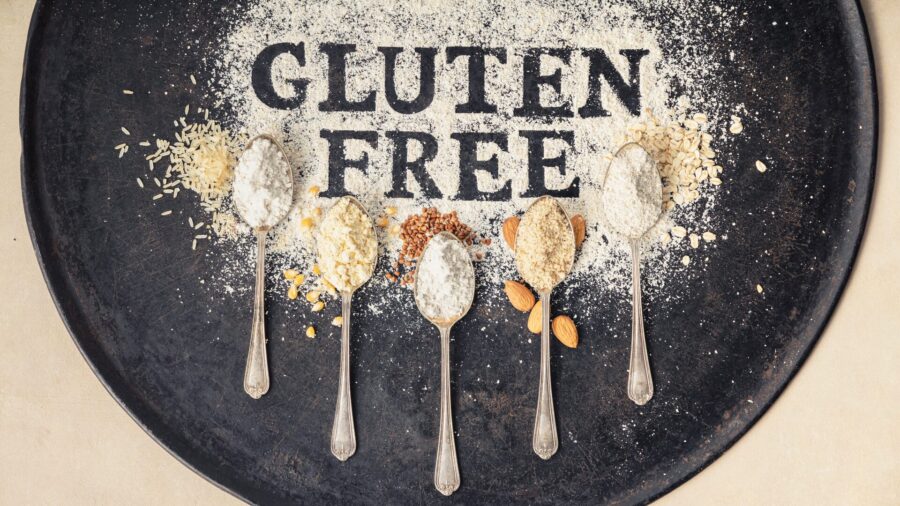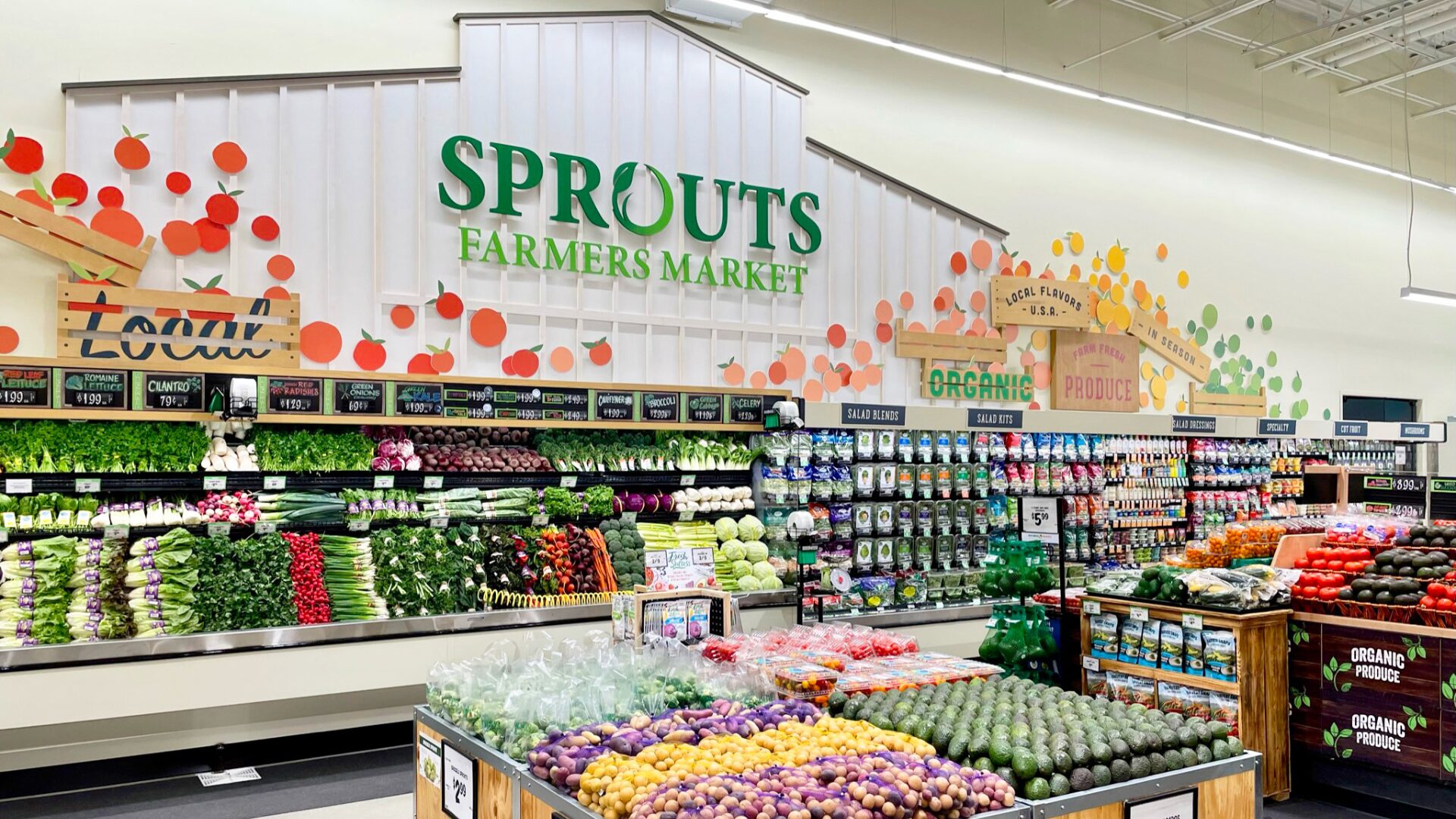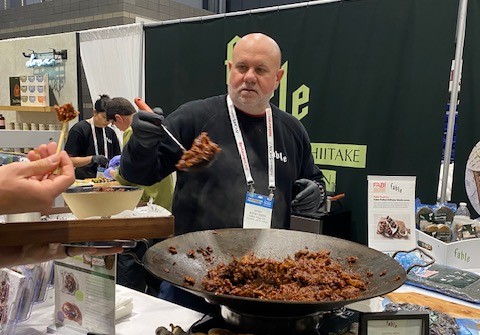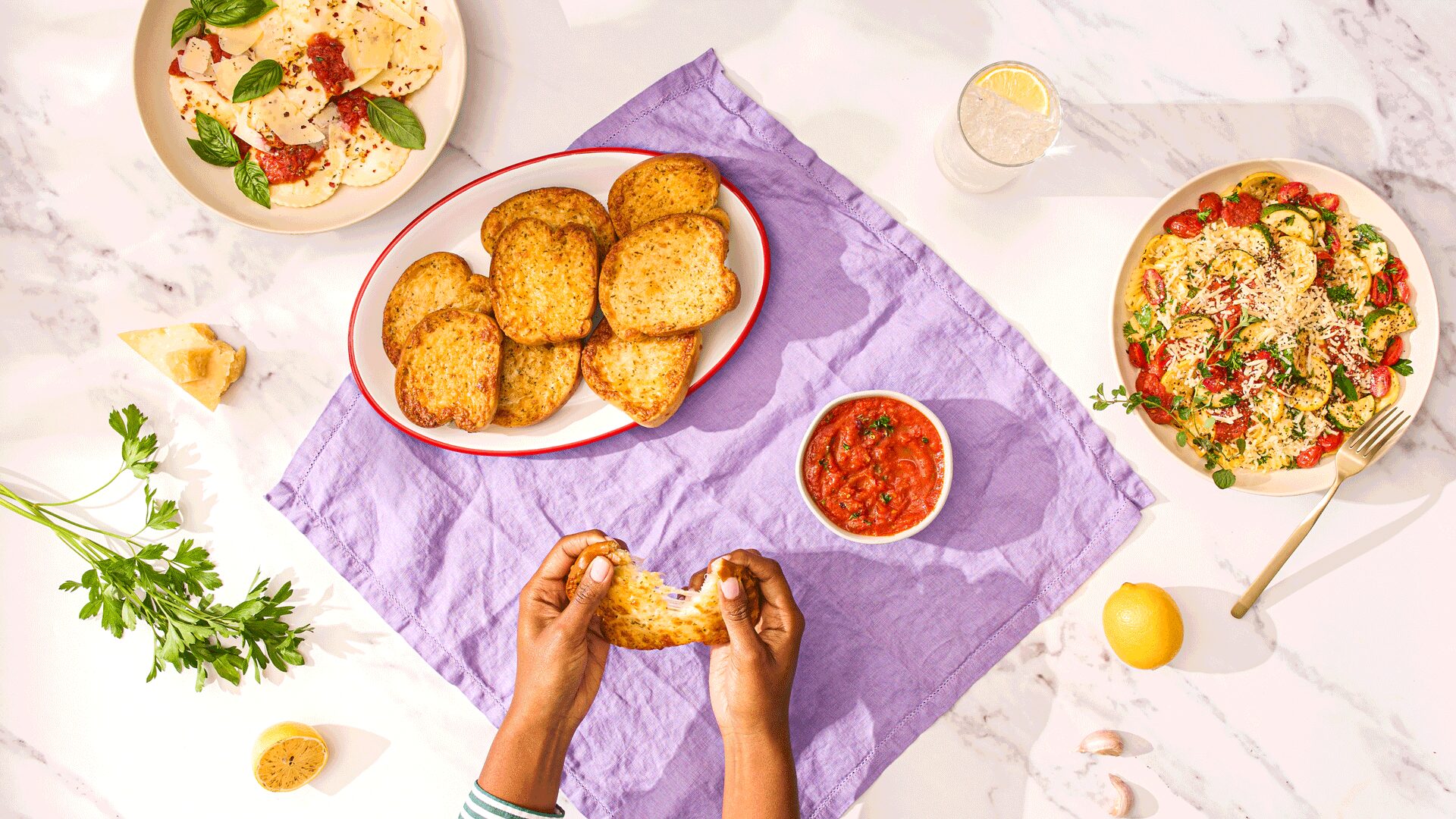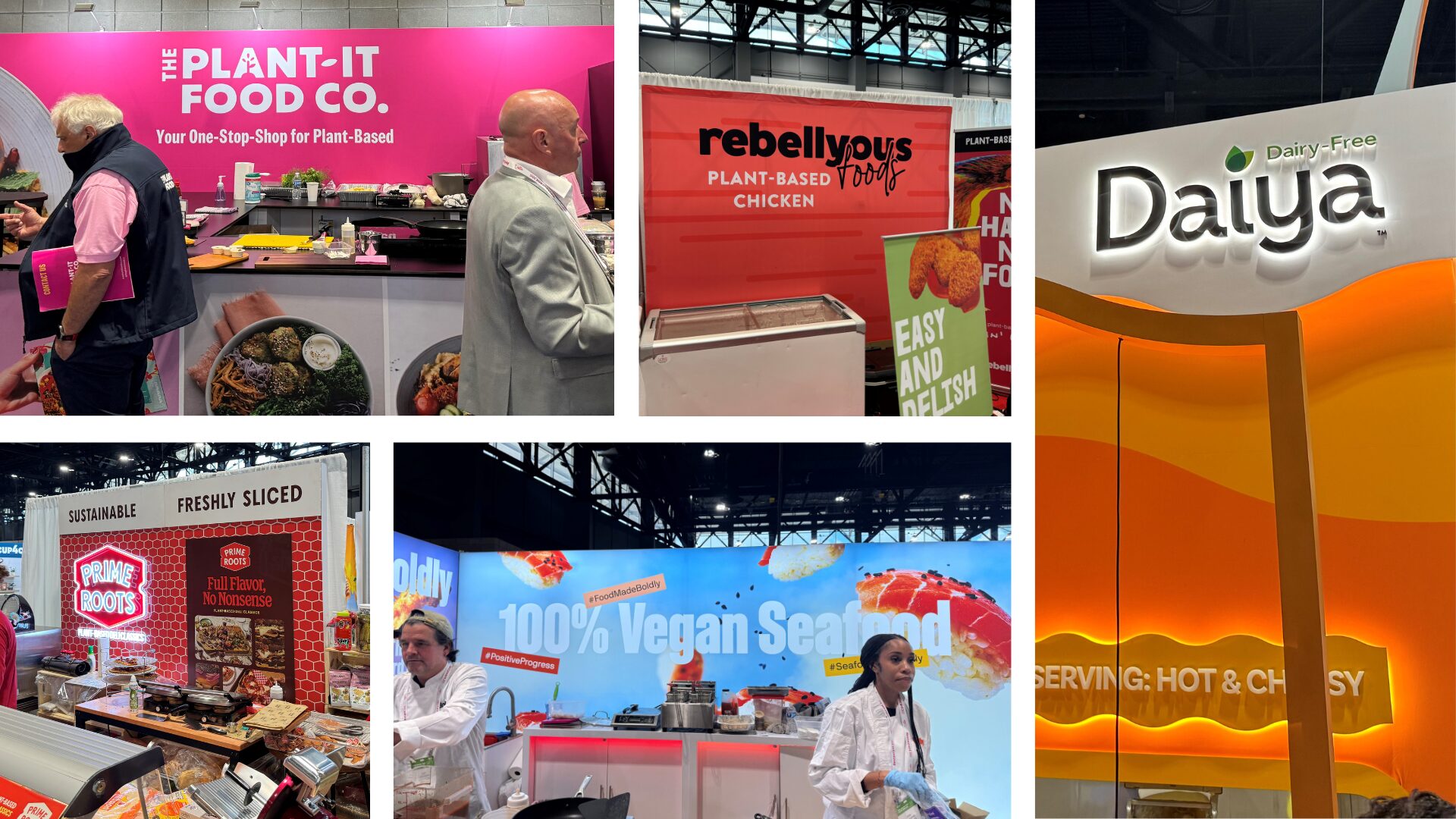When Katie Olesen was diagnosed with celiac disease in 2018, she struggled to find gluten-free items at her grocer. Barely half a decade later, major food companies like King Arthur are producing multiple gluten-free products, noted Olesen, who runs the wheatbythewayside.com recipe site.
“The tide is turning,” Olesen told The Food Institute. “I see a lot more content creators using (gluten-free) products, many more people accepting that it’s gluten-free, and more manufacturers responding by putting out their own products.”
The global gluten-free products market size was estimated at $6.5 billion in 2022 and is expected to exhibit a compound annual growth rate of 9.8% through 2030, according to Grand View Research.
Estimates suggest roughly 2 million Americans have celiac disease, while research indicates about 6% of the U.S. population is gluten intolerant, per the Cleveland Clinic. The gluten-free diet is also popular among many perfectly healthy consumers due to their belief that avoiding gluten can aid weight loss and increase energy, though the Mayo Clinic feels more research is needed to verify such claims.
In the meantime, the gluten-free market gathers steam. Here’s a brief look at recently released gluten-free items, for example:
- Gluten-Free Golden Oreos
- Mightylicious Double Dutch Chocolate and Oatmeal Raisin hand-crafted cookies
- Veggie Grill and Prime Roots partnered for Cracked Black Pepper Koji-Turkey made with mycelium
Samuel Taylor, CEO of Long Table, said he has noticed an uptick in consumers who are essentially “gluten-free adjacent,” who either live with family members who have gluten sensitivities or offer “GF” food at social gatherings as a courtesy.
“So many people are now gluten-free adjacent that the gluten-free market really needs to look at other emerging trends to keep up: upcycling and regenerative agriculture, carbon-negative farming, and, of course – as we continue to gather with more frequency and in greater numbers – snacks,” Taylor added.
A Category Evolves
Currently, most gluten-free pizza tastes decent. GF pasta tastes okay but tends to get mushy. Meanwhile, precious few manufacturers have mastered GF bread, which is often overly dry.
Yet in 2024, consumers demand more from GF products.
“People have become wise to the fact that so many gluten-free bakery products are built mainly on cheap rice flour and xanthan gum,” said Taylor, whose Long Table brand makes pancake and waffle mixes that include GF varieties. He feels many GF products “are highly processed and difficult to digest, which is a problem so many are trying to escape to begin with.
“I see gluten-free products gaining momentum that are offering a less-processed, more whole-food approach – not relying on cheap fillers.”
Many industry insiders feel there’s room for growth in the GF market.
“The opportunity for utilizing other grains such as quinoa, buckwheat, and chickpeas will provide greater nutritional profiles than traditional wheat options for dough, breads, and pasta,” said Cynthia Ottavio, director of menu innovation at Donatos Pizza.
Gluten-free eaters “tend to seek out nostalgia,” Olesen noted. “Both Kraft (mac n’ cheese) and Oreo put out gluten-free versions of their beloved products and were met with resounding success. … Other companies should take note.”
Andy Keenan, executive vice president and GM at Advantage Solutions, feels the same.
“Gluten-free consumers are cooking at home and following GF recipes to make items that aren’t widely available in-store, or aren’t available at all – yet,” Keenan said. “This adds up to meaningful potential for growth in the GF market.”
The Food Institute Podcast
With New Years’ resolutions in full swing for January, how are consumers adjusting their diets for a healthier lifestyle? Marie Molde, a registered dietitian with Datassential, joins The Food Institute Podcast to discuss consumers’ health goals, the rise of mushrooms, emerging health-focused restaurant concepts, and the impact of GLP-1 drugs on the food industry.


